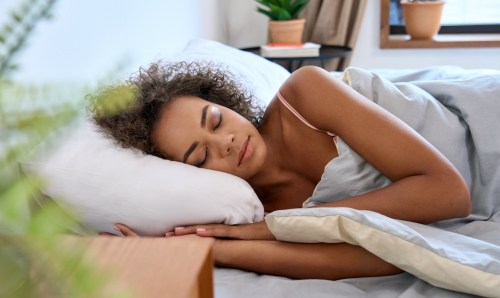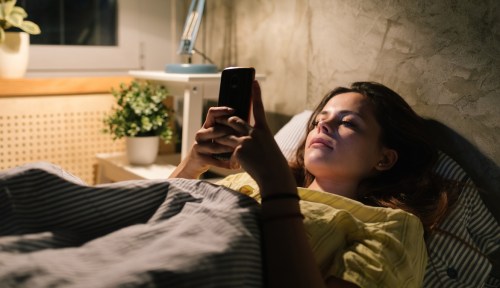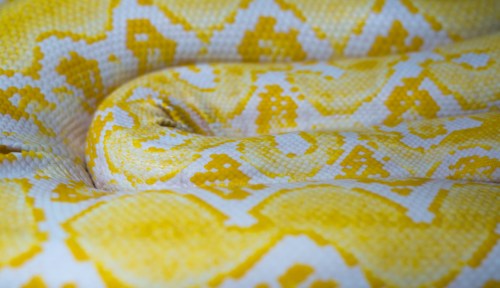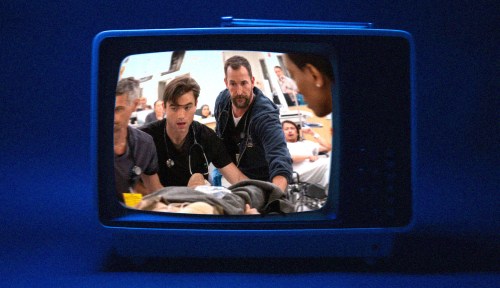I Tried a Week of Mid-Day Naps in my Bed—Here’s What Happened
Napping at work in the early afternoon can up your alertness and boost your productivity—here's how to do it so that you don't wind up groggy.

At the beginning of quarantine, I moved in with my long-distance boyfriend, who has a cat named Matilda, or Tilly for short. And—like many felines—one of her great talents is falling asleep at the drop of a hat for a cat nap. While I’m plugging away at my computer to work, she snoozes on the couch, in empty Amazon boxes, on my gravity blanket, and even precariously on the windowsill next to my desk. Her devotion to rest inspires me so much that I got to thinking: What would happen if I took a note from Tilly and started napping at work (or, okay, at home while working)? You know, in the name of being well-rested and maximizing productivity?
Experts in This Article
board-certified doctor of sleep medicine and neurology, member of the board of directors of the American Academy of Sleep Medicine (AASM)
So the journey begins. Once I get the okay from my boss to sleep on the job for the sake of research, I consult an expert to figure out exactly how to get the most out of a mid-workday nap. Should I crawl into bed for 20 minutes or 30? At what time? And, what if—unlike Tilly—I just can’t fall asleep on demand?
Raman Malhotra, MD, a member of the board of directors of the American Academy of Sleep Medicine (AASM), assures me quickly that any nap—even one that doesn’t involve deep sleep at all—can make a major difference in upping my alertness and work performance for the rest of the afternoon. “Sleep is a restorative process for the brain, allowing your body to hit the pause button in the middle of a hectic day,” says Dr. Malhotra. “Remarkably, even napping for as little as 10 minutes can recharge the mind and provide an energy boost.” Naps can also stabilize your mood, improve your memory, and help people with ever-shifting schedules (like those in the service industry) regularize their sleeping habits. Dr. Malhotra does caveat, however, that anything over 30 minutes is overkill and can invite a type of grogginess known as “sleep inertia.” Oof.
“Remarkably, even napping for as little as 10 minutes can recharge the mind and provide an energy boost.” —Raman Malhotra, MD
As for what time of day to shut my laptop and crawl under the covers, Dr. Malhotra says the sweet spot is sometime between 1 and 4 p.m.—no exceptions. “In general, the optimal time to nap is in the early afternoon, when you feel a natural increase in sleepiness, ideally around eight to nine hours after you typically wake up,” he says. “A comfortable, dark, and quiet environment is ideal for a nap, whether you sleep on a bed, couch, or recliner.”
Once I learn that a post-lunch nap is the move, I block out 20 minutes in my calendar each day to change into my PJs (or, okay, okay out of my daytime PJs and into my nighttime ones) and snuggle under my comforter.
Napping at work (from home): a failed, yet fruitful, experience
On Monday, the first day of Nap Project 2020, I stand up from my desk at 1:30 p.m. and announce to my boyfriend that I’m going to “take a nap” as part of “an assignment for work.” (I really don’t think he gets my job at all.)
I’ve always been my most creative in the morning, and the nap makes me feel like I can tap into that a.m. magic not once, but twice a day.
Once I’ve put on my sweat shorts, I hop in bed and set a timer for 20 minutes. At first, my mind runs laps around everything I have left to check off my to-do list—then, slowly, I start to drift off… only for my timer to blare in a signal that means my rest has come to a close. I’m dizzy and disoriented, but I put my daytime pajamas back on and force myself to continue writing, interviewing, and answering my emails. Slowly but surely, I do start to notice that my internal battery feels a bit more charged. It’s nothing major—but I have an edge that’s a little bit more chill than a caffeine buzz. I’ve always been my most creative in the morning, and the nap makes me feel like I can tap into that a.m. magic not once, but twice a day.
This cycle repeats itself for the rest of the week, and even though I really only manage to fall asleep asleep once, I start to really love the ritual of leaving my technology at my desk and cozying up in the middle of the day. Somewhere along the way, I start to realize that the nap is less about getting quality shut-eye and more about blocking out my calendar for time that’s just mine to rest, relax, and take stock of whatever is swirling around in my head. If Tilly has taught me anything, it’s that doing absolutely nothing is sometimes the most valuable—and, yes productive—thing you can do for your mental well-being. A cat nap never hurt anyone, after all.
Sign Up for Our Daily Newsletter
Get all the latest in wellness, trends, food, fitness, beauty, and more delivered right to your inbox.
Got it, you've been added to our email list.










